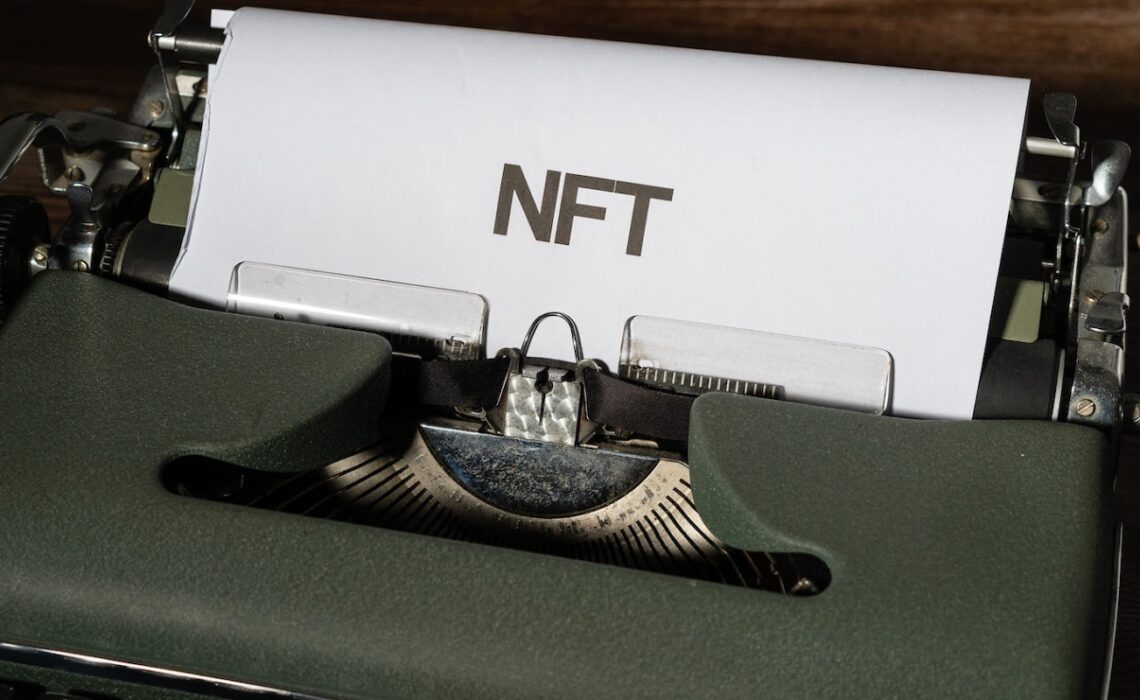
Non-Fungible Tokens (NFTs) have recently revolutionized a number of industries by sweeping the digital world.
Although NFTs are frequently linked to art and collectibles, their influence goes far beyond these fields.
The deaf education field is one of the most promising areas where NFTs are having a significant impact.
NFTs are emerging as a potent tool to improve the educational experience for deaf students, who face particular challenges in their educational journey.
This article examines how NFTs are promoting learning, creativity, and exploration for deaf students while highlighting their transformative potential in deaf education.
NFTs and Deaf Education: An Unlikely Pairing
There are many difficulties in deaf education, such as communication difficulties, language barriers, and a lack of readily available educational materials.
NFTs, on the other hand, have mostly been connected to the entertainment and arts sectors.
For deaf students, however, the fusion of these disparate domains is proving to be transformative. Here’s how:
Accessible Learning Materials
NFTs have the potential to act as a library for easily accessible educational resources.
The content presented in conventional formats, like textbooks or lectures, is frequently difficult for deaf students to understand.
Deaf students can access educational resources equally thanks to the decentralized storage capabilities of NFTs, which can store sign language videos, interactive learning modules, and other resources.
Ownership of Sign Language Content
Although sign language is an essential form of communication for the deaf, high-quality sign language resources can be hard to come by.
With the help of NFTs, creators can tokenize sign language resources and lessons so that deaf students can directly own and use them.
This ownership not only gives deaf students more agency, but it also encourages content producers to create excellent educational materials.
Personalized Learning Paths
Smart contracts can be programmed into NFTs to enable the development of individualized learning pathways.
NFTs are capable of adapting to the diverse educational needs of deaf students by providing assessments and content that are tailored to their needs.
This adaptability makes sure that each student can advance at their own rate and according to their preferred learning method.
Gamification of Learning
Many students, including those with disabilities, have found success in learning through gamification.
For deaf students, NFTs can add gamified components to lessons to make learning more interesting and fun.
Students can be inspired to participate actively in their education by receiving tokenized rewards and accomplishments.
Historical and Cultural Preservation
Despite the rich and diverse history and culture of the Deaf, mainstream education frequently ignores it.
NFTs can be used to tokenize historical artifacts, works of art, and narratives in order to preserve and celebrate deaf culture.
In addition to teaching deaf students about their culture, this encourages appreciation and understanding among hearing people.
Enhanced Communication Tools
For deaf students, particularly in mainstream educational settings, communication is a significant challenge.
NFTs can help with communication by offering resources like captioning and real-time sign language translation.
These resources help hearing and hearing-impaired students communicate with one another, promoting inclusivity and teamwork.
Digital Credentials and Certificates
Digital credentials and certificates for the accomplishments of deaf students can be issued using NFTs.
These badges provide verifiable evidence of their expertise, which can be useful in both academic and professional settings.
Deaf students can increase their opportunities by presenting their NFT-based credentials to potential employers or educational institutions.
Real-Life Applications
Let us examine a few real-world examples and success stories to demonstrate the influence of NFTs on deaf education:
Deaf Artists and NFTs
NFTs have been embraced by deaf artists as a platform for showcasing their work and connecting with a large audience.
By tokenizing their art, they can bypass traditional galleries that might not always be accessible and sell it directly to collectors.
As a result, deaf artists can succeed in the field of digital art.
Decentralized Learning Platforms
Decentralized and adaptable learning environments for deaf students are being created using blockchain-based platforms.
NFTs are used by these platforms to control access to courses and monitor advancement.
As modules are finished, students can earn NFTs, which serve as a physical record of their academic progress.
Challenges and Considerations
Photo by RDNE Stock project
Even though NFTs have a bright future in deaf education, there are obstacles and factors to take into account:
Access to Technology
Students must have access to technology and the internet in order to benefit from NFT-based instruction.
It is crucial to guarantee that all deaf students, regardless of their financial situation, have access to the required technology and connectivity.
Security and Privacy
NFTs are based on blockchain technology, which raises questions about security and privacy.
It is essential to ensure the security of confidential educational information and credentials.
Regulation and Standardization
The NFT industry is still developing and is not yet standardized.
Establishing standards and best practices for NFT implementation in educational settings requires cooperation from all parties involved in deaf education.
Digital Literacy
For deaf students and teachers to successfully use NFT-based educational platforms, they may need assistance in building their digital literacy skills.
Conclusion
Non-Fungible Tokens are tools that have the potential to transform deaf education, not just digital collectibles.
NFTs are improving the educational experience for deaf students by providing accessible learning materials, individualized experiences, and cutting-edge communication tools.
Real-world applications show how useful NFTs can be in this situation, empowering both deaf learners and creators.
To fully utilize NFTs in deaf education, it is crucial to address issues with technology access, security, regulation, and digital literacy.
NFTs can open the door for a more inclusive and beneficial educational experience for deaf students around the world with continued innovation and cooperation.
For those who are looking for additional support, Unspoken Language Services offers interpreting services to help bridge the communication gap between the deaf and hearing communities
Thumbnail Photo Credit to: Photo by Markus Winkler

